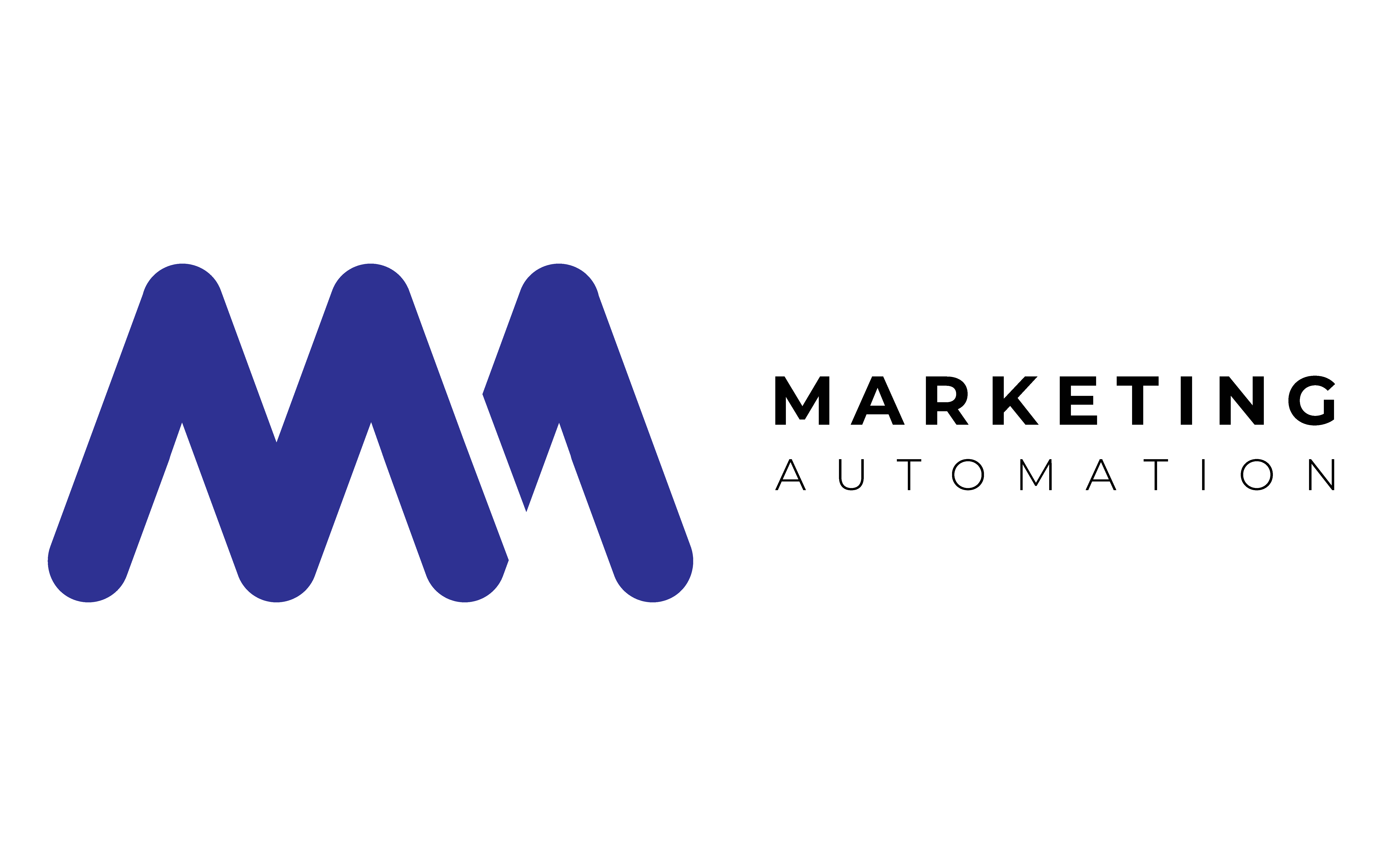When we talk about B2B Marketing we are referring to a concept that can be expressed as that set of actions to support the company’s promotional strategy. The B2B market encompasses a varied and complex world; speaking about it in a univocal way can often be a mistake: in fact, we can include various types of businesses ranging from service providers, to web agencies and consultancy firms in general, wholesale product retailers, tech companies, etc…
However, to orient ourselves in the context of B2B marketing, in this article we have chosen to focus on the implementation of consolidated digital processes and the advantages that could derive from them for companies in terms of customer relationships.
B2B vs B2C: Some Differences
Let’s start from a very simple assumption: often products and services related to a B2B market have more complex characteristics to communicate to their customers. This assumption leads us to be able to summarize some general distinctions between B2B and B2C:
- B2C campaigns target the final consumer who, with the necessary distinctions of the case, almost always makes a choice that we could define as “individual”. B2B marketing stands out for its complexity already in the selection of the target: in fact, it aims to involve those people who in the company can influence a final decision on the purchase of a product or service. The decision-making process has an averagely long time frame and is rarely characterized as an individual selection and/or choice;
- the other distinguishing element is the emotional component of a purchase: predominant in the B2C world, present but still overshadowed by rational aspects in B2B;
- customer relationship: in B2B the relationship between company and customer does not end at the moment of purchase, indeed, it begins right here, can last for years and, often, turns into a real partnership (to be cultivated and nurtured over time);
Starting from these three assumptions, we can introduce another (double) element of reflection: for B2B, acquiring a new customer and maintaining it over time, involves a considerable effort; effort and complexity that digital tools – numbers in hand – now allow us to govern.
B2B Marketing: Content Strategy, Channels and Tools
This is followed by a focus on the types of content that are most functional for the B2B world, with an overview of communication channels and tools.
Content is King? Yes, especially for B2B
When talking about content related to customers in the B2B market, a definition by two great authors such as Geraint Holliman and Jennifer Rowley remains current, who in the paper entitled Business to business digital content marketing: marketers perceptions of best practice already in 2014 defined content marketing as that activity aimed at:
“create, distribute and share relevant, compelling and timely content to engage customers at the appropriate point in their purchase consideration processes, in a way that encourages them to convert into a business outcome.”
But what kind of content can we create to promote our business? Well, let’s start by classifying two types of content that we will create (with different purposes):
- Free Content: are those free contents that allow us to control some communication channels. The Blog articles – just like this one – allow us to control Google and other search engines that bring targeted traffic to our site and, equally importantly, constitute a content base for Newsletters, other email marketing activities and social posts;
- Gated Contents: these are contents whose use is tied to the user’s registration within a contact form. They are generally an integral part of CRM and marketing automation strategies (we have talked about them also here).
Here are some examples of Gated Content with applications:
- Ebooks, Whitepapers, Infographics: these are certainly excellent lead generation tools. The user can only use them after filling out a form (which often has the aim of qualifying it “company email, contact details, company name, sector, number of employees, etc…”);
- Case Study: help the company to gain authority, to retain its customers because they are examined and advertised as, indeed, success stories. These are contents that should always be well placed within your site, as well as advertised by allocating a budget on LinkedIn and other social networks;
- Market research or other types: each company has access to industry data from its own customer base. Starting from this information, content could be produced in the form of papers, not available from other sources;
Social Media and B2B Marketing
A very widespread – but common sense – idea is that social media – with the exception of LinkedIn – are channels mostly suited to a B2C business. As in many other cases, the best answer to this point is … “it depends”!
With data in hand, there are many cases of successful lead generation for B2B in channels such as Facebook and Instagram (with lower lead acquisition costs than LinkedIn). On this, however, it is always important to rely on consultants, as well as allocate an advertising budget to do structured tests (before excluding a possibility a priori).
That said, Social Media and the content produced for these channels constitute a fundamental first touchpoint for connecting with a target audience. The goal of posts, videos and more is to help the public clarify their ideas about what they are looking for. Or propose a solution they had not yet thought of?
Of course, it is not the right channel to talk about the product, better to focus on the solutions.
Webinars and other video content
Webinars are not the only way to promote the services and products offered. We can in fact exploit video formats that allow us to distinguish the various targets and scale (numerically) the market of our potential customers.
Here are some examples:
- Product Video: They present the product (or service), its benefits and how they differ from the competition. And they save us from having to personally schedule many calls. 🙂
- How-To Videos: Let’s give the floor to an expert, the goal here is to educate and inform the audience, let’s leave the more direct selling to other content.
CRM: the tool to support the strategy
Where do I collect and store customer and prospect data? What data can I reuse to generate new business? How can I automate some repetitive marketing activities?
Now, when we talk about CRM and customer acquisition and customer retention strategies, it makes little sense to choose a software before trying to structure an answer to the questions above.
On a technological level, it is now essential to equip oneself with:
- a CRM as a tool aimed at managing the sales force;
- and a Marketing Automation tool to make the most of data and content intended for customers and potential customers (saving time);
The winning project is to integrate processes, platforms with a structured content strategy. This would allow us to work through the entire process of acquiring and managing a contact. We talked about it here too.








